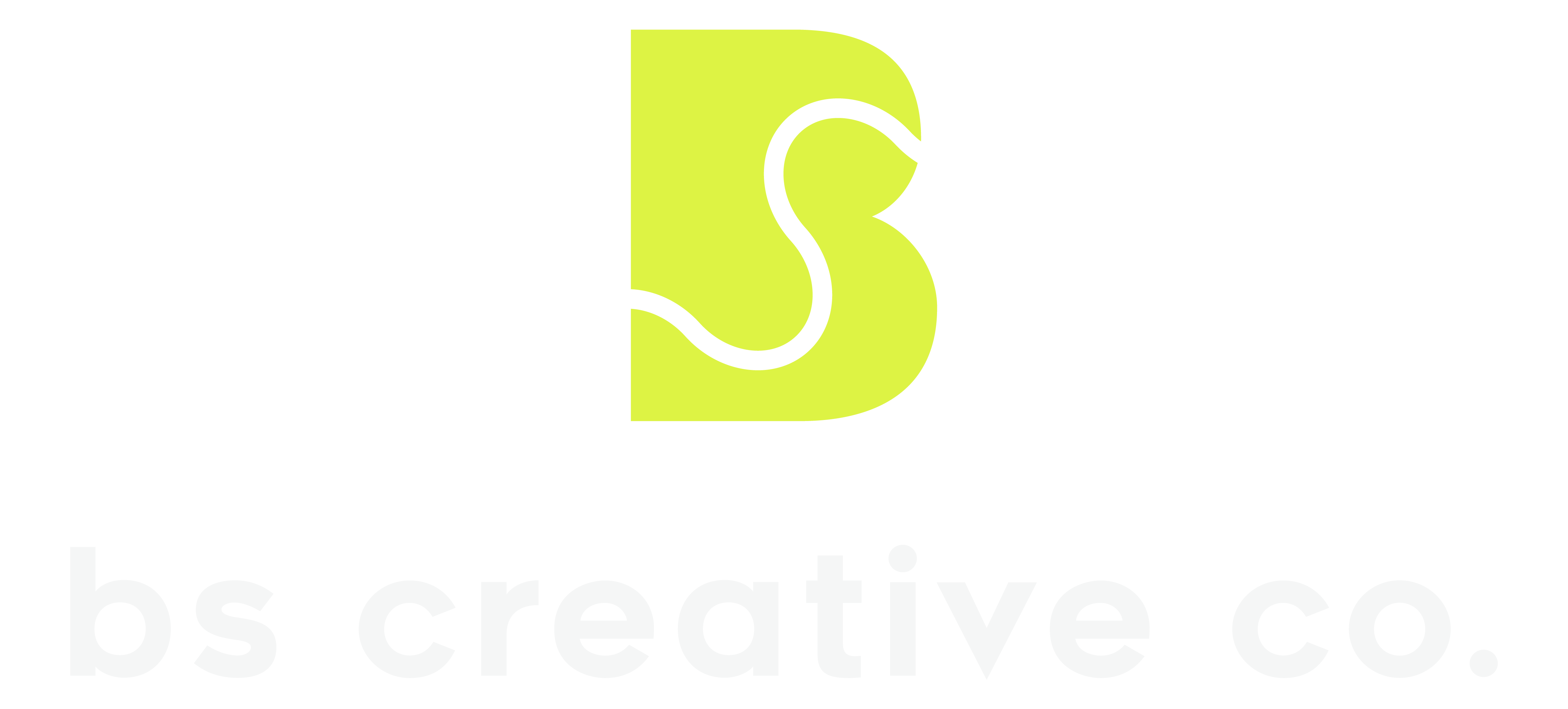A clear style guide keeps every asset on brand, which saves time and protects quality. If you are wondering how to create a brand style guide, this guide walks you through the must-have sections, the order to build them, and a copy-paste template you can use today.
Why a Brand Style Guide Matters
Your brand appears across websites, social posts, proposals, and signage. Without simple rules, each piece drifts. A style guide creates a shared language for visuals and voice, which makes your content feel consistent and professional.
How to Create a Brand Style Guide, Quick Overview
Before you dive into details, align on strategy. Decide who you serve, what you offer, and how you want to sound. When that is clear, follow this flow to keep the work focused and efficient.
High-level steps:
- Document brand strategy and positioning
- Build the visual system, logo, color, and type
- Define imagery and icon direction
- Write voice and messaging guidelines
- Add layout patterns and components
- Set accessibility standards and checks
- Package files, templates, and delivery rules
- Publish the guide, then train your team
Wrap up each step with examples, not only rules, so people can see how to apply the standard in real work.
Logo Usage, The Recognition System
Your logo should be simple, readable, and flexible. A short intro explains the purpose, then the rules remove guesswork.
Include:
- Primary, stacked, and icon versions
- Clear space and minimum sizes
- Light, dark, and one-color treatments
- Do and do not examples for placement and effects
Close the section by showing the logo on common backgrounds and in real mockups.
Color Palette That Works Everywhere
Color sets tone and affects legibility. Start with a paragraph on intent, then list values for every medium.
Include:
- Primary and secondary colors with HEX, RGB, and CMYK
- Neutral grays and one accent for emphasis
- Contrast-checked pairs for buttons and text
- Examples of correct and incorrect combinations
End the section with a short note on when to use each color, for example calls to action or background. This palette format belongs in any brand guidelines.
Typography System People Can Follow
Fonts carry personality, but they also need to read well at small sizes. Explain the hierarchy in plain language first, then show it in use.
Include:
- Heading, subheading, and body styles with sizes and spacing
- Web-safe fallbacks and licensing notes
- Examples for long paragraphs, captions, and lists
- Do and do not guidance for tracking, case, and line length
Conclude with a reminder to test on mobile and prit.
Imagery, Illustration, and Icons
Images shape emotion and credibility. A short narrative sets the mood, then the rules keep sources consistent.
Include:
- Photography style, subject matter, and lighting notes
- Illustration approach and icon families
- Cropping, filters, and watermark rules
- Examples of approved and unapproved images
Close with a source list or library location so the team can find assets quickly.
Voice and Messaging
If you want your brand to feel consistent, the words must match the visuals. Begin with a tone description, then give practical tools.
Include:
- Three tone adjectives and a one-sentence voice statement
- Message house, core benefits, and proof points
- Tagline or slogan guidance
- Short examples of on-brand and off-brand writing
Finish with reusable snippets, such as a two-sentence bio and a standard call to action.
For tone and clarity examples, browse the Mailchimp content style guide.
Layout Patterns and Components
Reusable parts speed up production and protect consistency. Explain the grid, then show how pieces fit together.
Include:
- Grid, spacing, and alignment rules
- Buttons, cards, banners, and form styles
- Callout and testimonial formats
- Page or slide templates for common use cases
Wrap this section by linking to editable templates
Accessibility Standards
Inclusive design is a quality standard, not an optional add-on. Set expectations in one paragraph, then list checks.
Include:
- Color contrast targets for text and UI
- Minimum font sizes and touch targets
- Alt text guidance and link styles
- Keyboard and screen reader considerations
End with a simple checklist the team can run before publishing. Verify contrast for accessibility with the WebAIM contrast checker and review the WCAG quick reference.
File Delivery and Naming
Clean files prevent headaches. A short intro explains where assets live, then the rules keep things organized.
Include:
- Folder structure and version control notes
- Vector masters, SVG and EPS, plus web and print exports
- Image naming, alt text naming, and compression tips
- How to request updates and who approves changes
Close with a contact for questions and a link to the master library.
Governance, Training, and Updates
Great guides are easy to find and easy to learn. Explain where the guide lives, how new teammates learn it, and how updates happen.
Include:
- Single source of truth location
- Onboarding checklist for new users
- Review cadence, for example quarterly
- Change log so teams can see what is new
End with a short note on how to propose improvements.
Free Template, Copy and Paste
Use these steps to learn how to create a brand style guide you can apply immediately. Use this starter outline in a doc, presentation, or Notion page. It follows the order above, which keeps collaboration smooth.
Brand Style Guide Template
- Strategy and positioning, audience, promise, tone
- Logo suite, versions, clear space, sizes, do and do not
- Color palette, values, contrast pairs, usage examples
- Typography, roles, sizes, spacing, fallbacks, examples
- Imagery and icons, style, sources, cropping, filters
- Voice and messaging, tone, message house, snippets
- Layout and components, grid, buttons, cards, forms, templates
- Accessibility, contrast targets, alt text, link styles, keyboard use
- Files and delivery, folders, formats, naming, library link
- Governance, ownership, review cadence, change log, contact
Add two or three examples in each section so the rules feel practical.
How to Create a Brand Style Guide, Next Steps
Set a two-week sprint with clear owners. Draft the guide, gather feedback from design and content, then publish a version one that people can use right away. When you approach how to create a brand style guide as a living system, your team ships faster and your brand looks consistent in every channel.

